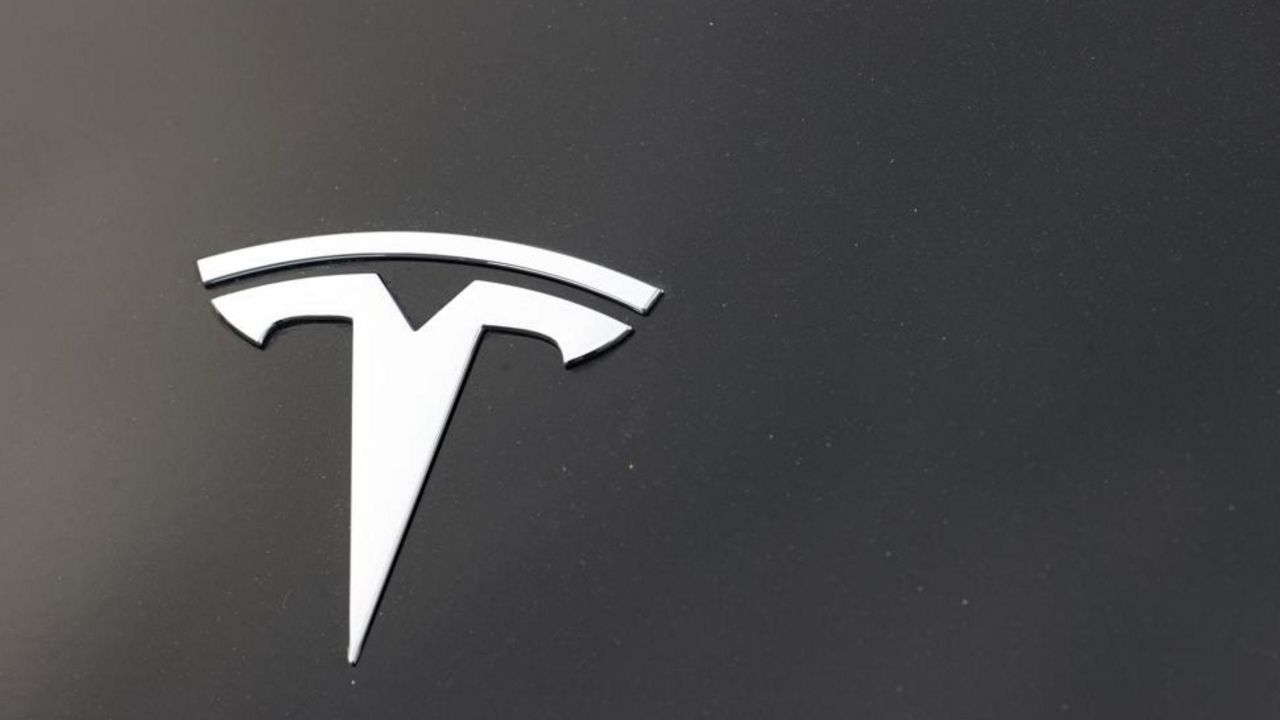The practical limit is they have to cover at some point.Presumably the Street buys calls as they back out of their short positions? They’ll be maneuvering to reap the dumb shorts while trying not to lose control of the share price and trigger a short squeeze I guess.
They have the ability to continue to short of course. There must be practical limits to the ability to naked short even if the SEC turns a blind eye. There likely may also be actual shares floating around earmarked to sell to cool things off if need be.
Or am I missing something in how this shell game works?
If they are short and sell shares during a rally to slow down a short squeeze, what happens is the other shorts buy those shares to cover their short and the sellers end up holding the bags.
That’s why it’s called a squeeze. All the shorts are trying to get out at the same time and avoid being the last one out. Selling shares moves you away from the exit, not closer to it.



